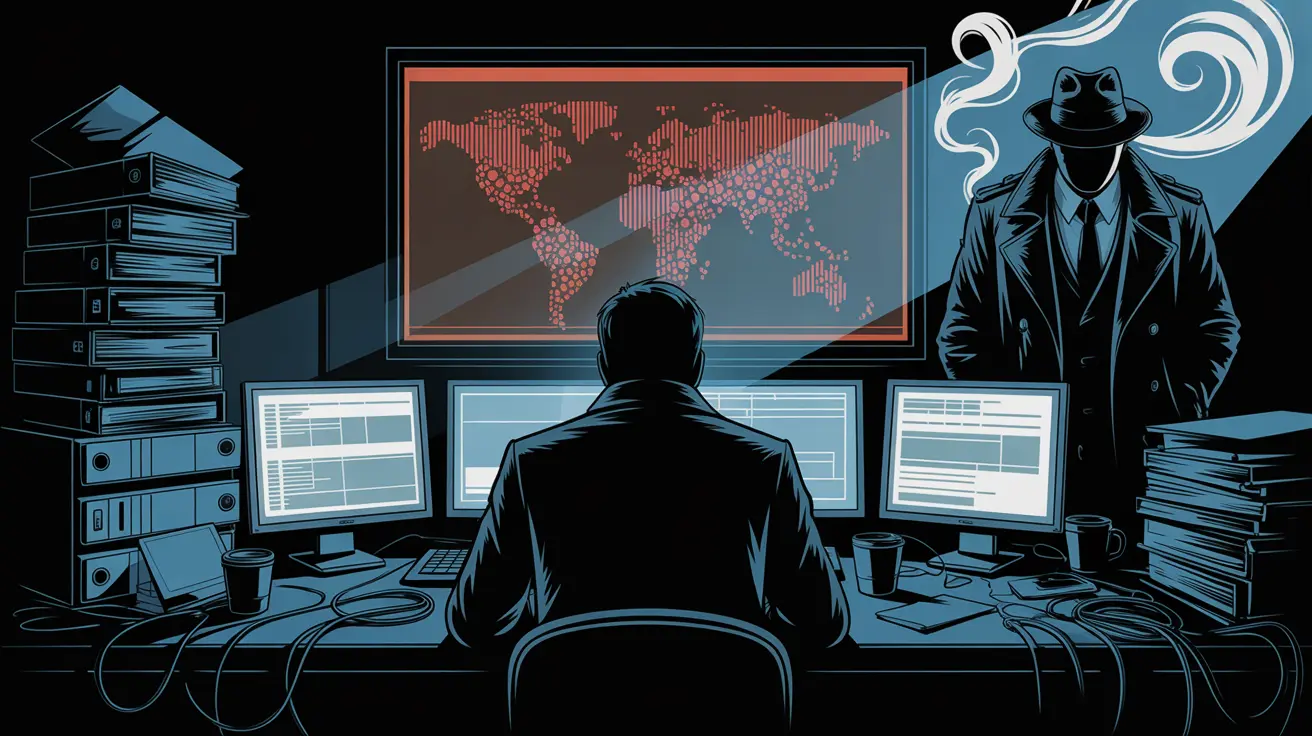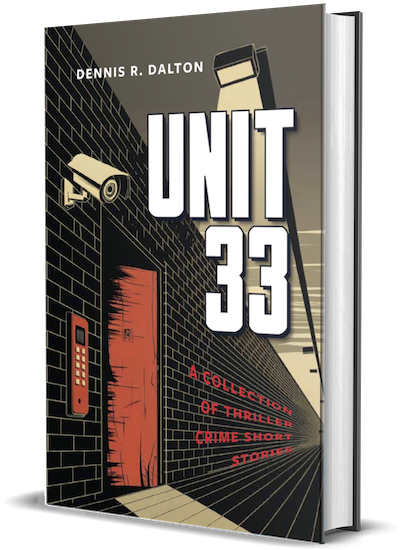
Sidekicks: The Other Half of Great Detective Relationships
Part 2
Today’s Sidekick as Tech Wizard
Do you watch any of the police procedurals flooding today’s streaming services? I’m referring to those that involve private eyes, law enforcement—or, in the case of Coulter Shaw in Tracker, a professional “reward seeker.”
He travels the country using his tracking skills to aid police investigations or to find missing people for the reward money. His success often depends on his sidekick, computer hacker Bobbie. (Although for six episodes in Season 2, Bobbie was gone—but not to worry: his cousin Randy filled in, doing exactly what Bobbie does.)
In the TV series Bosch: Legacy, our protagonist is a retired Los Angeles Police Detective turned Private Eye. As in Tracker, Bosch relies on his sidekick, “Mo” Bassi—a jazz enthusiast and professional computer hacker. These are just two of the latest hero–sidekick relationships that rely on the sidekick’s ability to hack into most internet sites around the globe.
As you’ll discover in my forthcoming book, Unit 33, computer hacking is a necessity in today’s world of crime solving—whether it’s technically legal without a warrant or not. But this phenomenon is only the latest “necessary” skill set for many sidekicks.
In Unit 33, you’ll find eight stories centered around a clandestine group of hackers, organized under the direction of a former police detective turned corporate security officer. Through their skill sets, our protagonist Dan Holmes can operate globally—protecting his bank’s assets or assisting local and federal agencies.
This is especially true when the criminal justice system moves too slowly or creates roadblocks in solving crimes or identifying a dangerous miscreant. In this series of short-story crime thrillers, there’s no need for the classic sidekick—Unit 33 fills that role.
Common Characteristics and Behaviors
In Part One, I pointed out that no two sidekicks are the same. Nevertheless, nearly all of them have basic characteristics in common:
Supporters–Givers: They do not feel the need to be out front in the relationship. It is in their nature to support the private detective (often a “controller–taker”). They are more concerned about protecting their boss or friend—rarely thinking about themselves first. They seek out credibility and trust. They pride themselves on being sincere, which leads to a loyal relationship.
Yet, as with any paradigm, there is always the exception. Again, it is Olivia Rutigliano who points out John Bacchus, who works for senior investigator George Gently. She describes him as “headstrong, impatient, and often bends the rules or takes easy ways out. More than that, he is a kind of bigot, very sexist, and a terrible father.”
They never solve the crime: After all, that is the role of the partner. Sidekicks are often called upon to render advice, provide technical support, and rarely take the initiative without approval—direct or indirect—from the protagonist. For that matter, they typically wait to be asked before offering assistance. Such is their seemingly inherent nature.
They want to be part of something bigger than themselves: They enjoy being a force behind their lead, knowing that their contributions are taken seriously and valued. They are sometimes scowled at, or the hero may give them a derisive glance to show impatience—but in the end, all is forgiven and they are off onto another adventure. Or, as Sherlock Holmes might say, “Come, Watson! The game is afoot.”
They are tolerant: This is especially true of their relationship with the protagonist. They recognize their boss’s idiosyncrasies and strong narcissistic personality. Their value is not in trying to change them; rather, they tolerate them and simply accept them as they are.
When asked, they often render the wrong reasoning: But this is not to suggest their perspective is useless. Quite the opposite. There is often just enough insight on their part that the private eye sees their own mistaken assumption—or gathers just enough information to spark a “great aha” moment. We often hear our PI exclaim, “I’ve been looking at this all wrong!” or ask aloud, “How could I have been so stupid!” Sometimes they gratefully acknowledge the sidekick’s contribution. Most times, they do not.
Special skills that stand alone: Sidekicks have a specialty that would enable them to have a separate career without being defined as part of a dynamic duo. As noted in Part One, some are chroniclers who draw clients to the private investigator. Watson, Captain Hastings, and the Unnamed Narrator all have this talent. Others are specially trained operatives—experts in marksmanship, ordnance, or other military skills. Left to their own, they would make great assassins.
It is not uncommon to find sidekicks in the medical field, serving as medics (e.g., Rina Lazarus, discussed in Part One), coroners, or scientists. And of course, there is Dr. John Watson, whose skills are often called upon in assisting Sherlock Holmes. My favorite, though, is Dr. Julia Ogden, who begins in a professional relationship with Detective William Murdoch as the local coroner. They eventually fall in love and marry as they continue working together to solve crimes—most notably, homicides.
Several are trained in the art of self-defense, specializing in martial arts and willingly “jump in” to defend our hero or another helpless victim—often a demure young lady or elderly senior. A classic example is the TV adaptation of Kato in The Green Hornet comics, played by Bruce Lee, whose fighting skills are a marvel (no pun intended, since The Green Hornet was not a Marvel Comic) to watch.
Some Concluding Thoughts
First, the use of sidekicks remains optional. Their inclusion, however, is driven by the skills and personality of the Private Eye—or, as Holmes would describe himself, a Consulting Detective. They enhance some stories while, at times, they can become a distraction. In the comedic police procedural Castle, the personalities of the two leading characters, NYPD Detective Kate Beckett and Richard Castle, are so individually strong that it is often confusing to determine who is the lead and who is the sidekick.
Second, a common mistake is to assume that a supporting character is a sidekick. In many of today’s TV police procedurals, our hero may have a team of people he or she relies on, thus not needing a central “partner in crime detection.” The NCIS, FBI, CSI, True Detective, and Luther franchises rely largely on a team and therefore require no sidekicks.
Third, is it possible that a sidekick could stand alone as the hero in a detective story? Rarely. I think one of the best cases can be found in Sir Arthur Conan Doyle’s novel, The Hound of the Baskervilles. In this story, Dr. John Watson plays the primary role despite providing nearly all the narration—a common trait of the sidekick. While Sherlock Holmes plays a role, in my opinion, he is more of a supporting character who emerges at the end and saves the storyline. Up until then, Watson tries desperately to carry off the role of the major figure but somehow invariably finds himself relegated to a minor role.
In short, sidekicks are sidekicks, and the private eye is someone they assist in several ways. When the author tries to allow this character to “take over,” typically the story creates confusion—and therefore frustration—for the reader. As the saying goes, “play to your strengths, you cannot go wrong.”
Finally, there is no doubt that sidekicks are fun to read. They can enhance the storyline if the PI acts primarily alone. While it is true that they often serve as the hero’s lackey, they do so with flair, or carry themselves with dignity. They commonly provide the means for us to see dimensions to their boss’s personality or demeanor that might otherwise be overlooked or remain a mystery.


